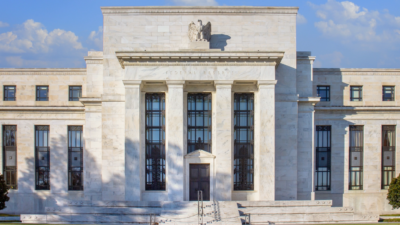As global demand for healthcare services rises, driven by aging populations, increased urbanization, and growing middle-class economies, the landscape of healthcare real estate is evolving rapidly. Investors and developers are increasingly turning to emerging markets to capitalize on these growing opportunities.
Investment Opportunities in Emerging Markets
Emerging markets present a unique opportunity for investors in healthcare real estate. These regions often have underdeveloped healthcare infrastructure, creating a high demand for new facilities, including hospitals, clinics, urgent care centers, and specialized care centers.
Moreover, the economic growth in these markets has led to an expanding middle class with greater disposable income and a higher demand for quality healthcare services. Per the Ludwig Institute, the top five metros for the middle class include San Jose, Austin, San Francisco, Baltimore and Washington D.C.
Urbanization and Location Preferences
Urbanization is another factor shaping the healthcare real estate market. As more people move to urban areas, the demand for conveniently located healthcare facilities is increasing. Urban healthcare real estate, including medical office buildings and outpatient clinics in city centers, is becoming highly sought after. Healthcare service providers grew their occupancy by 16% in New York City between 2019 and 2023.
Additionally, mixed-use developments that incorporate healthcare facilities along with residential, retail, and commercial spaces are gaining popularity. These developments provide easy access to healthcare services for urban residents and create vibrant, community-focused environments.
Midwest Markets Remain Strong
In 2023, Chicago had the most active medical office sales market, surpassing $400 million as reported by Colliers’ 2024 Healthcare Marketplace report. The Minneapolis | St. Paul metro has also seen a rise in activity over the last four years. REJournals reports the healthcare real estate sector in the Twin Cities market remains a busy one, with tenants still actively looking for space and investors once again considering sinking their dollars into healthcare facilities.
In Indiana, because of the primary care healthcare shortage, Indianans are resorting to urgent care facilities for healthcare. Urgent care facilities in Indiana have increased from 202 facilities in 2018 to 261 in 2022.
Metros with Rising Rents and Low Vacancy
In 2023, rent growth in several leading MOB markets surpassed the national average of 2.25%. Miami led with a 2.9% increase, followed closely by Atlanta, Dallas and New York. Los Angeles remained in the top 10 for the highest average net MOB asking rents at $35.26 per square foot, according to the Colliers Healthcare report.
Five of the top 10 markets ended 2023 with vacancy rates significantly higher than the national average of 7.2%. Houston had the highest vacancy rate at 11.7%, though this was an improvement from the previous year. Dallas and Washington, D.C. also had high vacancy rates of 9.1% and 8.9%, respectively. On the other hand, New York had the lowest vacancy rate among the leading markets at 6.0%, with Boston and Miami close behind at 6.1%.
The healthcare real estate market continues to evolve with opportunities in emerging markets and urban areas driven by rising global demand and urbanization. Strategic investments in these regions could promise substantial returns, particularly in mixed-use developments and metros with strong rent growth and low vacancy rates.

 Shawn Janus
Shawn Janus

 Marc Shandler
Marc Shandler Josh Cramer
Josh Cramer
